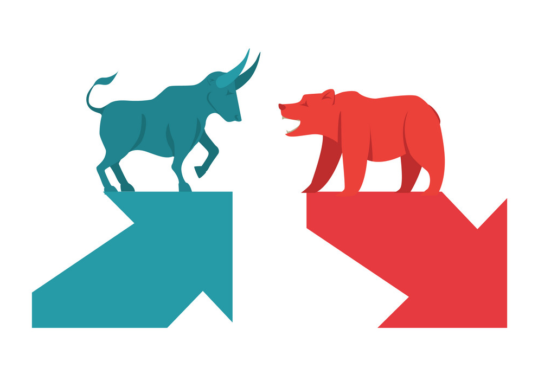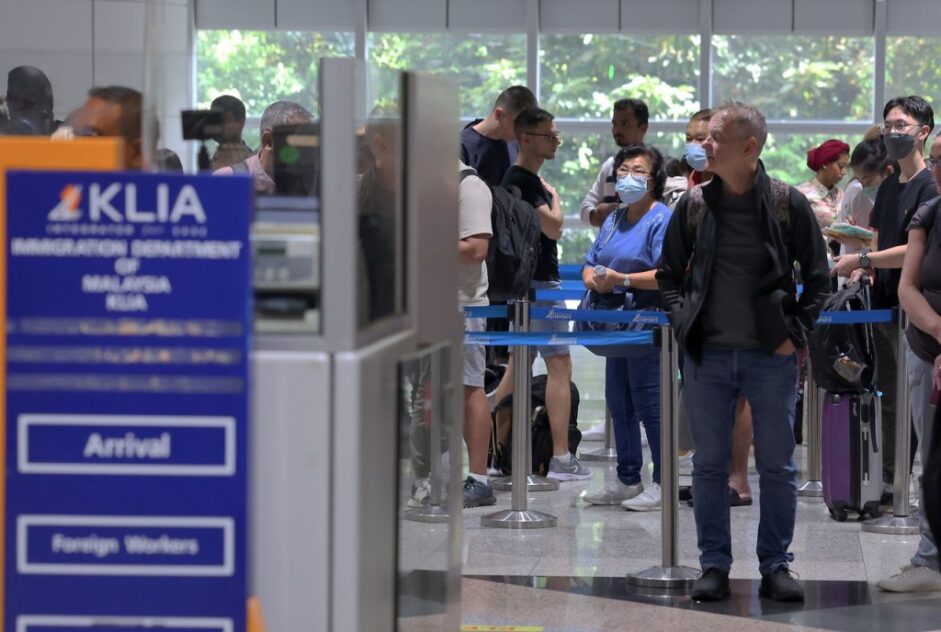By Xavier Kong
THE e-wallet industry has seen a surge thanks to the Covid-19 pandemic, as Malaysians are trending towards contactless payment methods and away from handling physical cash where they can to lower chances of transmission.
The pandemic has made it easier for people to adapt to e-wallets, compared to three years ago, when educating the market was “a lot tougher,” Kay Tan (pic), CEO of KiplePay, told FocusM.
“Of course, certain communities are more open to the concept, such as universities,” added Tan, sharing that KiplePay collaborates with local universities with a co-branding app.
One example he shared was Universiti Putra Malaysia in Serdang, where the community has adopted the use of one of KiplePay’s systems. Students who key in their student ID can see more options of what they can do with the app, such as booking university facilities, compared to general users.
But what about other names, especially those made popular by the e-Tunai Rakyat programme, such as GrabPay, Touch ‘n Go eWallet, or Boost?
Tan shared that KiplePay is focused on “knowing the area we want to target, and the areas others are focusing on.”
“Grab has their ecosystem, which is focused on business-to-customer (B2C), while Touch ‘n Go eWallet started out as a toll payment system. Boost is still carving out its niche. Our focus, however, is on business-to-business-to-customer (B2B2C), and we work with our partners to get our user base in,” he shared, adding that KiplePay is “very relevant in the consumer segments that download our wallet.”
KiplePay enjoys a deep integration with universities and their students, as shown above in the UPM Serdang example. Tan shared that the services offered extend to treasury services and specific faculties which may have need of a digital interface where support from KiplePay can be integrated.
Another example is KipleHome, which caters to residential enclaves such as gated-and-guarded communities. The app then allows payments of monthly maintenance and payment tracking, and makes it easier for the organisation taking care of that community to do reconciliation in the back-end.
“We do a lot of customisation, depending on the community,” said Tan.
But what do these systems have to do with KiplePay?
Tan explained that KiplePay is actually divided into three segments, namely the e-wallet segment, the B2B-centric KiplePay Biz, and the payment gateway segment.
“We are not just an e-wallet, but more of a unified payment system. One can think of us as a middleman between vendors and the regulators, while being able to provide the tech needed to make things work,” he said, describing KiplePay as a provider that enables communities that want to go digital with a holistic cashless payment solution.
What prompted KiplePay to move in this direction?
A quick check shows that there are 45 non-bank e-money issuers licensed by Bank Negara Malaysia, but there are just not that many players in the e-wallet industry specifically.
“There are many licences, but not many have launched, as compliance with Bank Negara and other regulatory hurdles are actually quite strong. Some of these include not having downtime, having good customer service, as well as being able to quickly handle any tech troubles,” shared Tan.
Tan added that, with KiplePay coming from a telco-based business, the norm is that each party would build their own network, so “everybody needs to do their own end-to-end everything.”
Covid-19, the MCO, and what comes after
As news comes that the implementation of the movement control order (MCO) has stifled most businesses, Tan shared that KiplePay saw a boost in the number of transactions handled, with e-commerce having shown an increase in transactions by “easily three to four times,” with other players using KiplePay’s payment gateway seeing an average of triple the amount of transactions as well.
“Things are still positive, as the new normal means a lot of online purchases and social distancing. Customers using our system can avoid queuing, while retailers can get used to customers ordering ahead and arranging pickup,” he said.
Tan attributed this to the spike in the number of merchants moving to e-commerce, but added that a downturn was seen in users of their e-wallet in university communities, due to students being unable to leave or being stuck in their hometowns.
When asked about the conditional MCO and what lies ahead, Tan believes that the new normal should continue for quite some time, pointing towards China as an example.
“China is about two months ahead of us in handling the pandemic, and we can compare China before the pandemic and after the pandemic. People there are very connected, and more mature in digital transactions. People are also still not gathering (in large groups), despite the lifting of restrictions,” he said.
Tan believes that, even after the conditional MCO, public gatherings will not be happening for quite some time. At the same time, the country has accelerated towards digitalisation, and a vast majority of the people who have tried it “will stick to digitalisation.”
“Other than ordering and collecting, other things like cashless payments will continue, a lot more than pre-Covid-19, though it might not be as much as now, during the MCO and conditional MCO,” said Tan. – May 19, 2020










